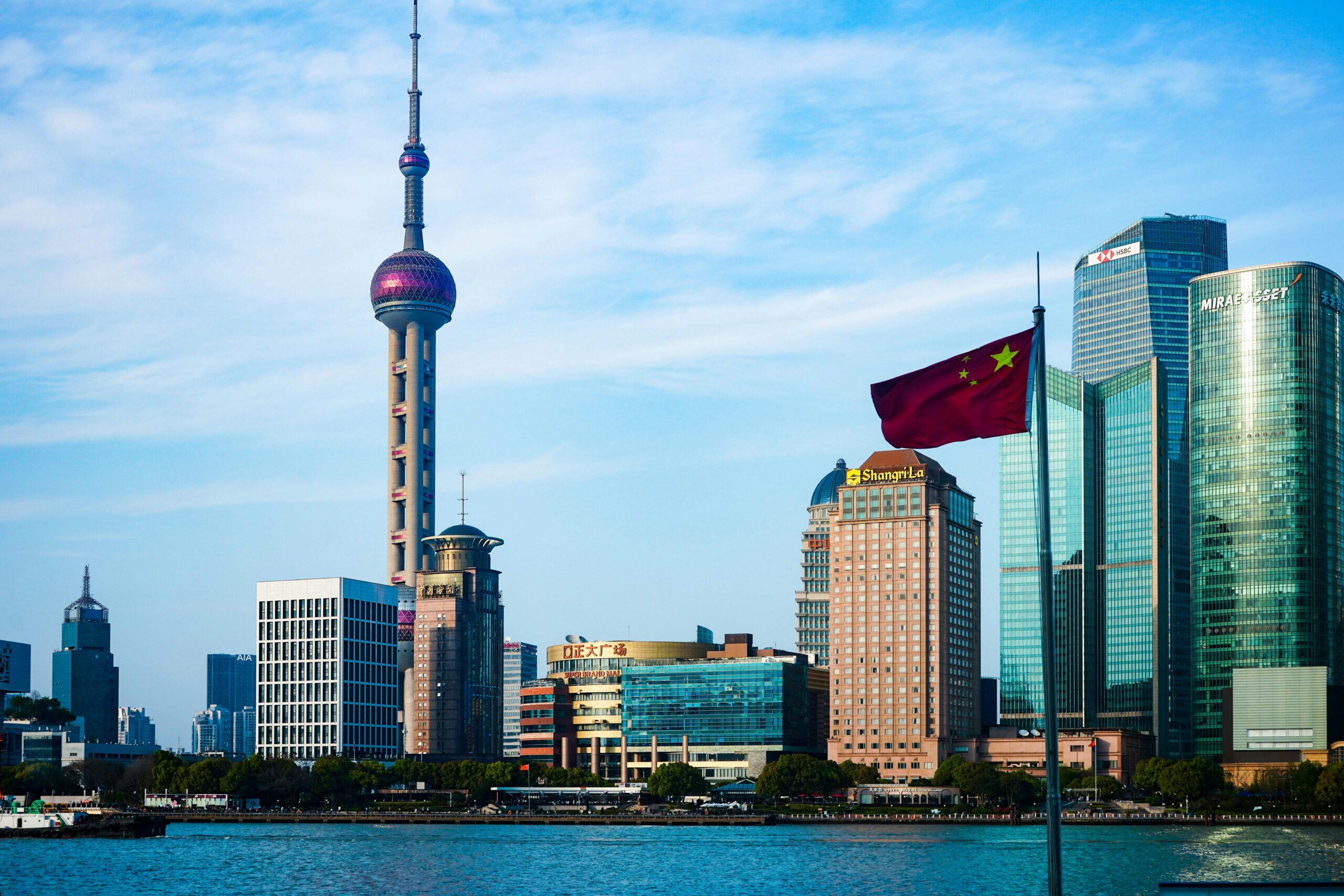
China tech has long been framed as the ambitious challenger aiming to overtake the United States in artificial intelligence.
Headlines often portray Beijing as catching up, with Washington fiercely guarding its technological edge through stringent export controls and blacklists.
But perhaps reality is more nuanced.
What if China is not catching up but has already quietly taken the lead?
Chip bans and unintended consequences
Since 2018, the United States has aggressively targeted China’s tech sector with strict export restrictions, aiming to starve Chinese firms of essential semiconductor chips.
Companies like Nvidia faced strict rules preventing their most powerful chips, such as the H100 and A100, from reaching Chinese AI firms.
But these restrictions have triggered unforeseen consequences. Chinese companies adapted swiftly, sourcing banned chips through intermediaries in places like Singapore, Malaysia, and Japan and even direct smuggling by individuals.
In 2024, the Wall Street Journal reported that students were paid to smuggle Nvidia chips from Singapore.
Official data from the Washington-based think tank CNAS estimated that about 12,500 advanced chips illegally entered China annually.
Even legitimate loopholes exist. Major US cloud providers still rent Nvidia-powered cloud servers to Chinese firms.
These practical gaps in US policy undermine claims of effective containment.
Innovation with fewer resources
Even with export bans in place, Chinese firms are building powerful AI models without relying solely on cutting-edge chips.
China’s DeepSeek recently released an AI model trained with far fewer computing resources than Western rivals.
Yet this new model matched or surpassed performance benchmarks on platforms like Hugging Face.
Chinese engineers optimized software to run efficiently on less powerful chips.
Huawei, in partnership with SMIC, created the Kirin 9000s and Kirin X90s, two domestically produced chips that will allow them to move away from US suppliers like Intel.
These chips, including the 7nm processor found in Hauwei’s Mate 60 Pro, were likely manufactured using older deep ultraviolet (DUV) lithography combined with complex multiple patterning, a resource-intensive but effective workaround to banned EUV tools.
While initially behind global competitors, continuous investment means China’s domestic chip capabilities are rapidly improving.
Rather than hindering China, sanctions appear to have encouraged faster innovation and self-reliance.
Already operational, already advanced?
While Apple recently grabbed headlines with its announcement of an AI-driven healthcare app scheduled for release mid-2026, China’s AI healthcare technology is already operational in hospitals.
Beijing Children’s Hospital introduced its AI pediatrician in early 2025.
This AI doctor, trained on decades of medical records from over 300 paediatric specialists, now routinely assists in complex case diagnoses.
At Peking Union Medical College Hospital, AI systems have already completed over 100,000 neurological assessments, actively supporting the early detection of Alzheimer’s and Parkinson’s diseases.
These practical applications tell a story about China’s capability to integrate sophisticated AI into real-world clinical scenarios.
Unlike Apple’s future-focused wellness tool, Chinese hospitals currently benefit from AI doctors embedded deeply into their clinical practices.
Investors see it, and markets confirm it
Financial markets are also beginning to recognize China’s AI leadership.
Companies like Alibaba and Tencent have seen significant growth, driven by visible progress in AI deployment.
Alibaba’s latest AI model in the Qwen series is already operational on mobile devices, handling complex multimodal tasks like real-time image and audio processing.
The share prices of both Alibaba and Tencent have risen by 80% and 64%, respectively, over the past 12 months.
In contrast, Baidu, which was once considered as China’s leading AI firm, has fallen behind in innovation, evident by its sluggish stock performance, down 15% over the same timeframe.
Investors are increasingly discerning, rewarding companies with advanced, practical AI products and penalizing those who lag.
This market divergence signals confidence not just in China’s general AI development but specifically in firms delivering tangible, advanced technology solutions today.
Real leadership, beyond policy rhetoric
Although Washington’s primary strategy was blocking China’s tech advancement, it has arguably hastened Beijing’s innovation drive.
Chinese tech enterprises are shifting quickly towards self-reliance, significantly boosted by proactive government support.
Recent policy guidelines from China’s National Financial Regulatory Administration now explicitly direct banks and insurers to invest in technology startups, particularly AI and semiconductors.
This state-driven financial ecosystem ensures sustained investment, accelerating China’s technological evolution.
In 2024 alone, foreign investments into China’s high-tech manufacturing surged, with inflows in sectors like medical equipment and computer manufacturing rising by over 98% and 21%, respectively, according to China’s Ministry of Commerce.
What’s at stake if China tech leads?
The stakes in the AI race go beyond bragging rights. Whoever dominates AI technology today likely controls tomorrow’s economy.
AI leadership directly impacts sectors like cloud computing, healthcare, smart cities, and military technology.
Companies leading in AI can secure lucrative government contracts, ensuring stable, long-term revenue.
While Washington doubles down on chip bans, blacklists, and tariffs, these containment measures are inadvertently boosting China’s domestic innovation.
Aggressive US protectionism, which is only getting more aggressive through Trump’s “Liberation Day” tariffs, is isolating America from a changing global innovation ecosystem.
As global partners form new trade alliances and coordinate responses to US policies, the risk grows that the US may fall further behind in the race for AI and semiconductor leadership.
Instead of merely containing China, maybe the US should pivot towards proactive domestic investment and international collaboration to safeguard its long-term competitiveness.
The post Is China tech already leading the AI race? appeared first on Invezz

